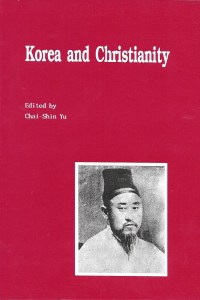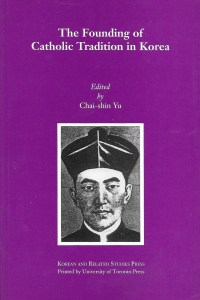
This book highlights the unique traits of Korean culture reflected in the murals of Koguryo tombs. It also underscores the cultural and ideological foundations of Koguryo. For instance, the architectural and artistic similarities we find in the comparison of Koguryo tombs and Parhae tombs demonstrate the two kingdoms' historical connection, more specifically, Parhae's continuation of Koguryo culture. Of the three kingdoms, Koguryo was the largest in size, possessing the land of present-day Manchuria and North Korea. It was upon this foundation of three kingdoms that Unified Silla, Koryo, Choson, and modern-day Korea was built. This book brings to light not only the unique features of Koguryo culture and tomb art but also the differences from their Chinese counterpart. Koguryo tomb murals serve as an invaluable source of information for studying Korea's ancient art as well as Koguryo's advancements in politics, architecture, art and performing art. On the whole, it marks an important development in the art history of ancient East Asia. Northeast Asian History Foundation in Korean selected this book as an excellent overseas publication. Order Form








